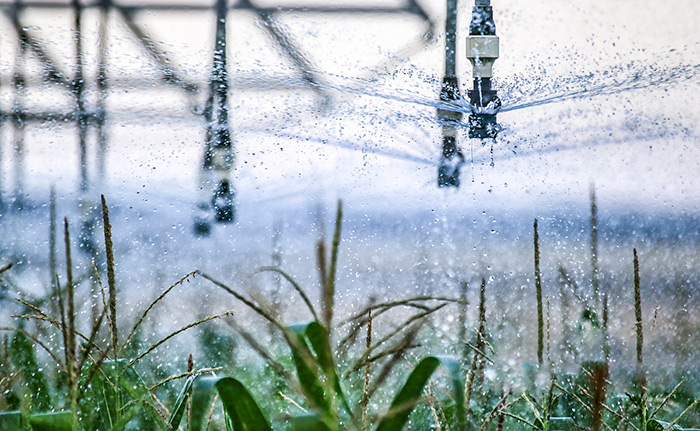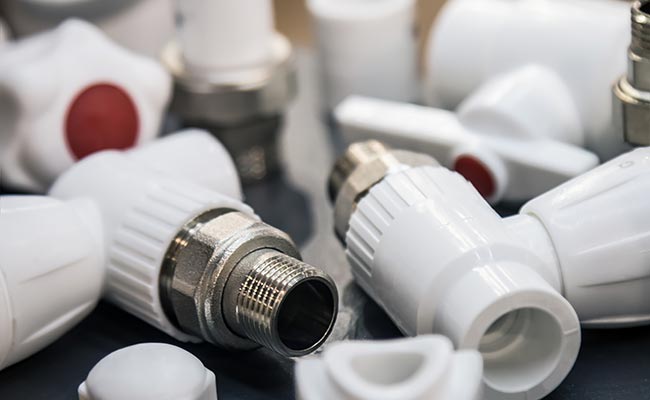You need a valve for an industrial or chemical line, but you’re not sure if plastic can handle the pressure. Choosing the wrong valve could lead to dangerous leaks, costly downtime, and a major safety incident.
A quality PP ball valve, like our Pntek models, has a PN16 pressure rating. This means it can safely handle 16 bar (about 235 PSI) at room temperature. Crucially, this capacity decreases as fluid temperature rises.
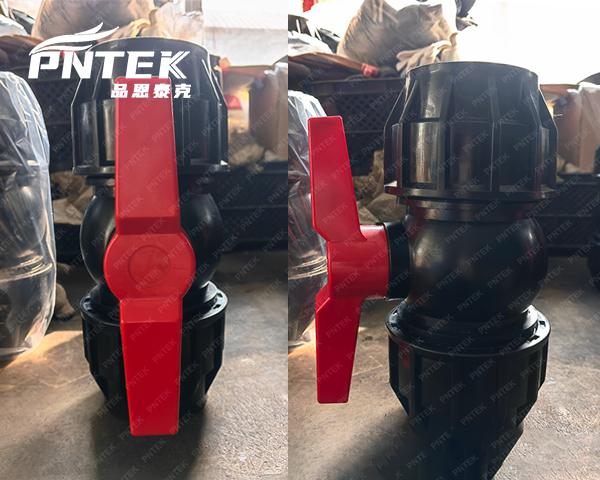
When I talk with partners like Eric Lim in Malaysia, pressure rating isn’t just a number; it’s about safety and trust. His company supplies projects all across Southeast Asia, and they need to know the products they sell will not fail. A valve’s stated pressure rating is the starting point, but the real expertise lies in understanding how it behaves under real-world conditions. This knowledge is what separates a simple transaction from a true partnership, and it’s what we focus on at Pntek.
What is the pressure rating of a ball valve?
You see terms like CLASS 150, PN16, and CWP on data sheets and feel confused. This confusion can lead to accidentally ordering the wrong valve, creating an unsafe system for your customer.
A pressure rating tells you the maximum pressure a valve can safely handle at a specific temperature. Different standards like PN (European), Class (American), and CWP (General) are used, so you must know which system you are looking at.
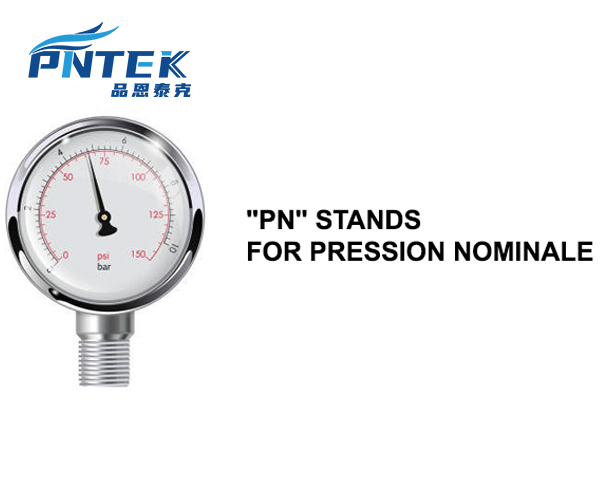
Let’s demystify these terms because it’s simpler than it looks. The pressure rating is the most critical safety specification for any valve. However, different parts of the world and different industries use different systems, which can be confusing. For plastic piping systems, you will most often see the PN rating. “PN” stands for Pression Nominale, which is French for Nominal Pressure. It indicates the maximum pressure in bar that the component can withstand at room temperature (20°C). Another common rating is CWP, or Cold Working Pressure. This is similar to PN, telling you the max pressure for ambient temperatures. For industrial or metal valves, you might see a Class rating (e.g., Class 150, Class 300), which is an American (ANSI) standard that defines pressure limits across a range of temperatures. For our work, focusing on PN is key.
Common Pressure Rating Systems
| System | Stands For | Primary Use | Example |
|---|---|---|---|
| PN | Pression Nominale | Thermoplastic pipes & valves (European standard) | PN16 (16 bar at 20°C) |
| Class | N/A (ANSI Standard) | Steel valves and flanges (American standard) | Class 150 |
| CWP | Cold Working Pressure | General purpose valves (Water, Air) | 600 CWP |
What is the pressure rating for polypropylene fittings?
You’ve confirmed your valve is right, but what about the fittings connecting it? A system is only as strong as its weakest component, and a mismatched fitting can cause a major failure.
Polypropylene fittings are also rated using the PN system, typically PN10 or PN16. For a dependable system, the pressure rating of your fittings and pipes must be equal to or greater than the rating of your valves.
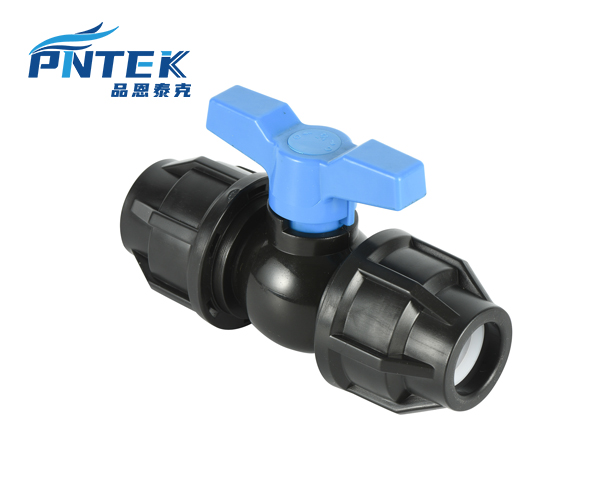
I always remind Eric Lim that a valve does not work in isolation. You are building a system. If you install a strong PN16 ball valve but connect it with PN10 fittings, your entire system’s maximum operating pressure is now only PN10 (10 bar). The weakest part dictates the strength of the whole chain. This is why we made sure our Pntek PP ball valves are a solid PN16. This provides a strong foundation, but it’s vital to pair them with PN16 pipes and fittings to maintain that high-pressure capability throughout the entire line. The most important factor, especially with thermoplastics like polypropylene, is temperature. As the fluid gets hotter, the material gets softer, and its ability to hold pressure drops significantly. This is called ‘derating’, and you must always follow the manufacturer’s pressure-temperature chart to operate safely.
How much psi can a ball valve hold?
You just want a simple answer in PSI, but the specifications are often in “bar” or “PN”. Doing quick conversions in your head is risky when safety and equipment integrity are on the line.
This varies hugely, from 150 PSI for some plastic valves to over 10,000 PSI for special high-pressure metal valves. To find the PSI, convert from the PN rating: 1 bar is approximately 14.5 PSI.
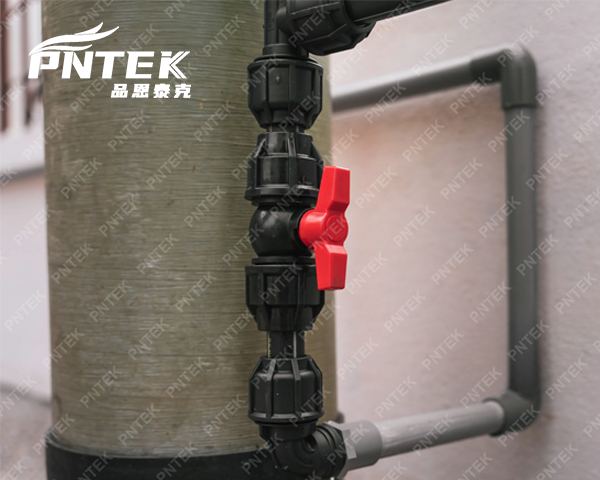
There is no single answer to this question, which is why it’s so important to check the specific valve you are using. The material (PP, PVC, Brass, Stainless Steel), size, and design all change the answer. However, we can make it very simple for our products. Our Pntek PP ball valves are rated PN16. The conversion is easy, and everyone on your team should know it: just multiply the bar value by 14.5. So, a PN16 rating means the valve can hold 16 bar of pressure. To find the PSI, you calculate: 16 bar x 14.5 PSI/bar = 232 PSI. We often round this to 235 PSI for a clear, safe number. This is the rating at ambient temperature. If your customer in Kuala Lumpur is running water at 60°C (140°F) through the line, that 235 PSI rating is no longer valid. The safe pressure will be much lower, as shown on the derating curve.
Common PN to PSI Conversions
| PN Rating | Pressure in Bar | Pressure in PSI (approx.) |
|---|---|---|
| PN10 | 10 bar | 145 PSI |
| PN16 | 16 bar | 235 PSI |
| PN20 | 20 bar | 290 PSI |
| PN25 | 25 bar | 362 PSI |
What is a PP ball valve?
You see PVC and CPVC valves everywhere, so you wonder why you should consider PP. Not knowing the unique benefits of polypropylene means you could be missing out on the perfect solution for your client.
A PP ball valve is a quarter-turn valve made from polypropylene, a thermoplastic prized for its incredible chemical resistance. It is a durable, lightweight, and cost-effective choice for controlling corrosive fluids that would destroy metal valves.
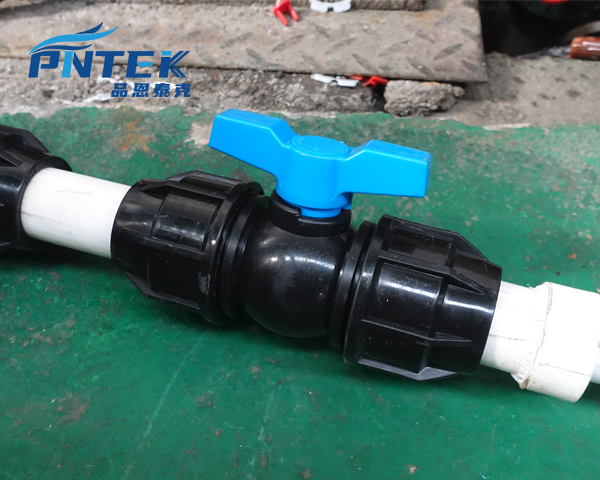
Polypropylene’s superpower is its chemical resistance. It stands up beautifully against a wide range of acids, bases, salts, and industrial chemicals. This makes it a go-to material in industries like chemical processing, water treatment, and agriculture. At Pntek, we saw the potential and decided to perfect it. We developed our own PP Compression Ball Valve based on an exclusive, patented mold design. This gives us total control over quality and performance. A key feature is our commitment to a PN16 rating for all sizes, from the smallest to the largest. This isn’t common in the market, but we believe safety and quality should be consistent. This is a major reason our valves are bestsellers in demanding markets across Southeast Asia, the Middle East, and South America. They offer a reliable and affordable solution for managing chemicals and water safely.
Pntek’s PN16 PP Ball Valve Range
| Connection Type | Available Sizes |
|---|---|
| Socket End | 20mm, 25mm, 32mm, 40mm, 50mm, 63mm, 75mm, 90mm, 110mm |
| Threaded End | 1/2″, 3/4″, 1″, 1-1/4″, 1-1/2″, 2″, 2-1/2″, 3″, 4″ |
Conclusion
A PP ball valve’s PN16 rating is key, but always factor in temperature. Understanding this relationship is critical to building a safe, reliable, and long-lasting system for your customers.
Post time: Sep-27-2025


